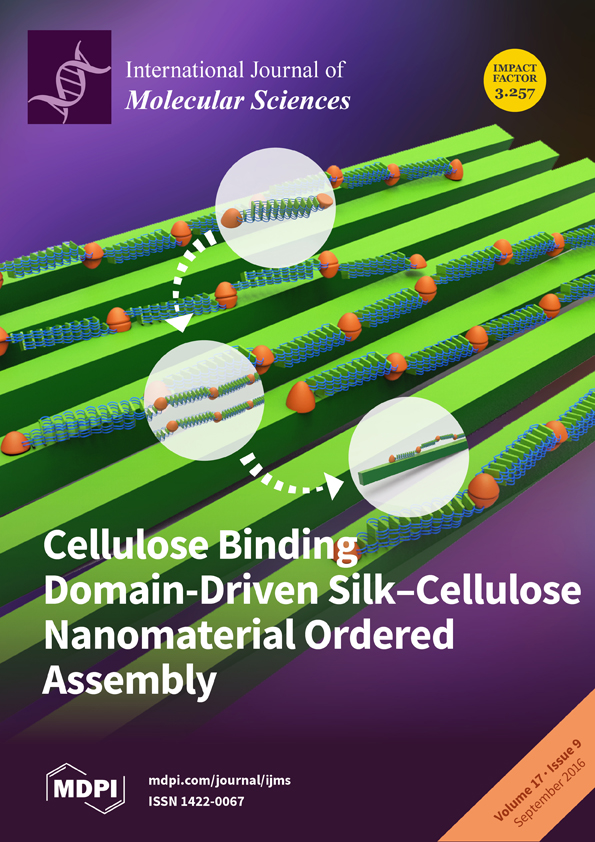1
London Regional Cancer Program, London Health Sciences Centre, London, ON N6K 4L6, Canada
2
Special Hematology/Flow Cytometry, London Health Sciences Centre, London, ON N6K 4L6, Canada
3
Departments of Radiation Oncology and Medical Biophysics, University of Toronto, Toronto, ON M5G 1L7, Canada
4
Princess Margaret Cancer Centre, University Health Network, Toronto, ON M5G 1L7, Canada
5
Epic Sciences Inc., San Diego, CA 92121, USA
6
Campbell Family Institute for Breast Cancer Research and Laboratory Medicine Program, University Health Network, Toronto, ON M5G 2C4, Canada
7
Departments of Laboratory Medicine and Pathobiology, and Medical Biophysics, Faculty of Medicine, University of Toronto, Toronto, ON M5G 2C4, Canada
8
Department of Pharmaceutical Sciences, Leslie Dan Faculty of Pharmacy, University of Toronto, Toronto, ON M5S 3M2, Canada
9
Department of Biochemistry, Faculty of Medicine, University of Toronto, Toronto, ON M5S 3M2, Canada
10
Department of Chemistry, Faculty of Arts and Science, University of Toronto, Toronto, ON M5S 3M2, Canada
11
Manitoba Institute of Cell Biology, Cancer Care Manitoba, University of Manitoba, Winnipeg, MB R3E 0V9, Canada
12
Department of Molecular Biology and Biochemistry, Simon Fraser University, Burnaby, BC V5A 1S6, Canada
13
Vancouver Prostate Centre and Department of Urologic Sciences, University of British Columbia, Vancouver, BC V6H 3Z6, Canada
14
Departments of Anatomy & Cell Biology and Oncology, Schulich School of Medicine and Dentistry, University of Western Ontario, London, ON N6K 4L6, Canada
add
Show full affiliation list
remove
Hide full affiliation list






